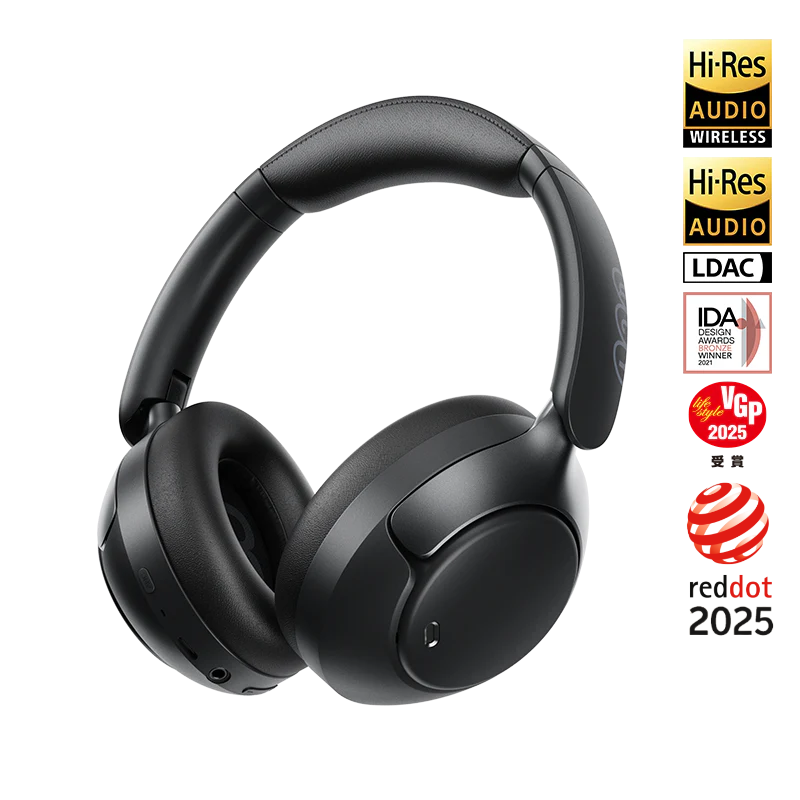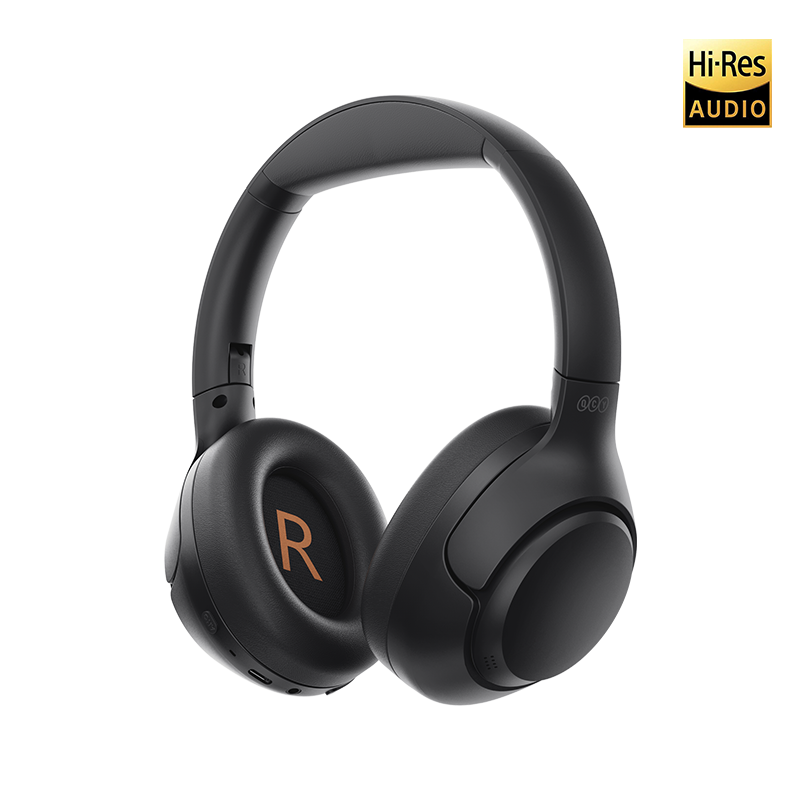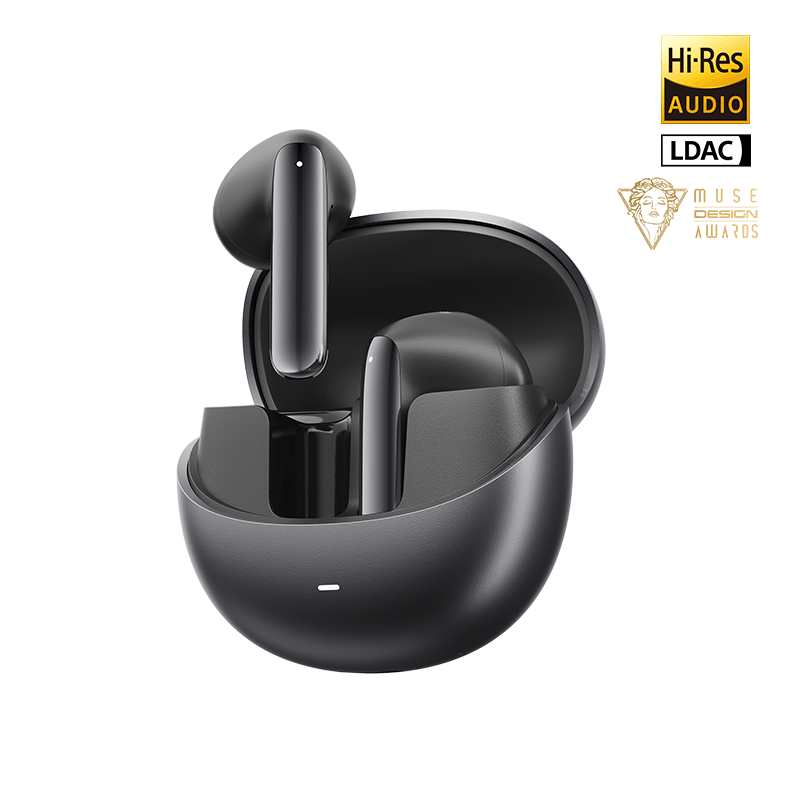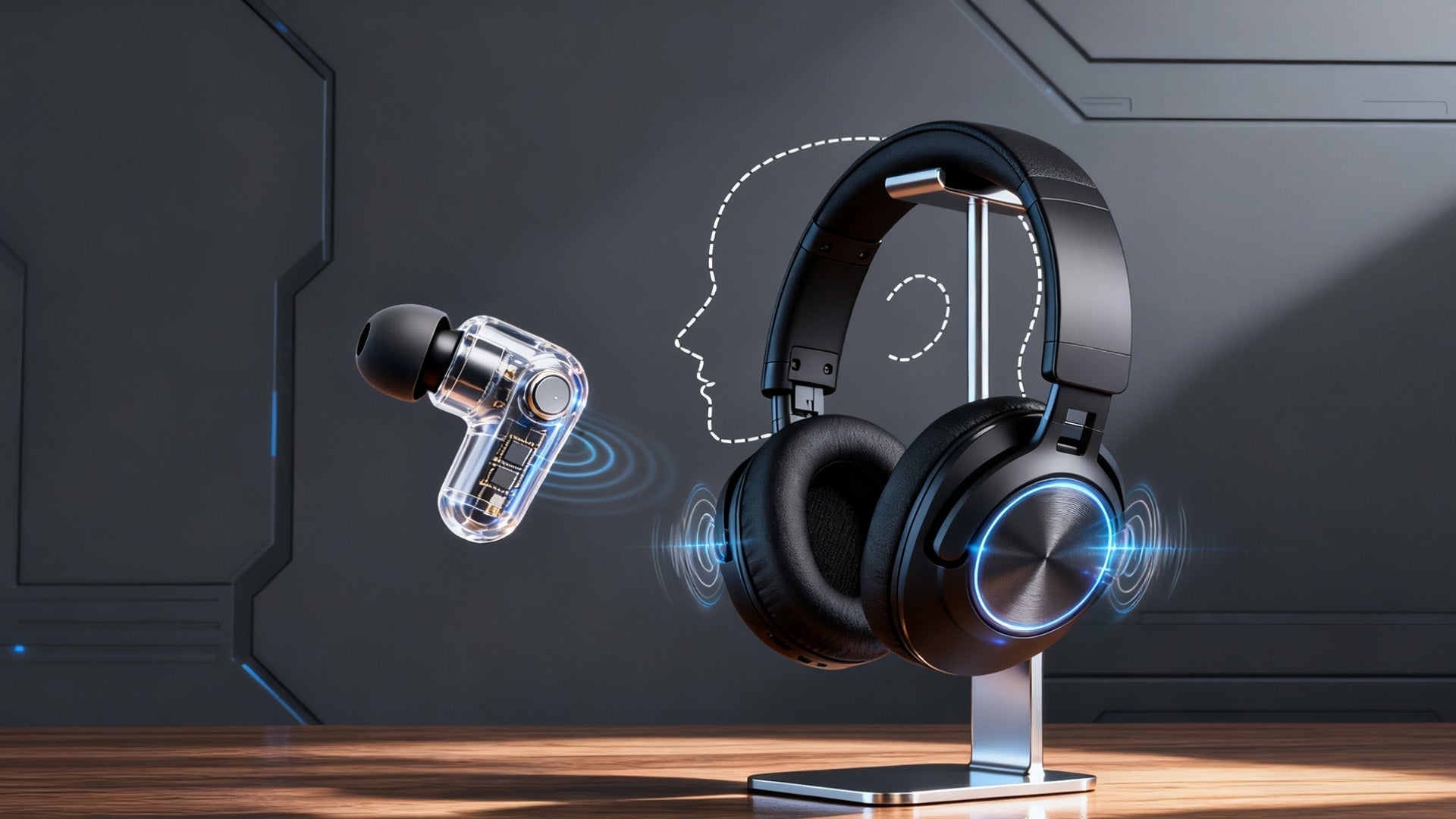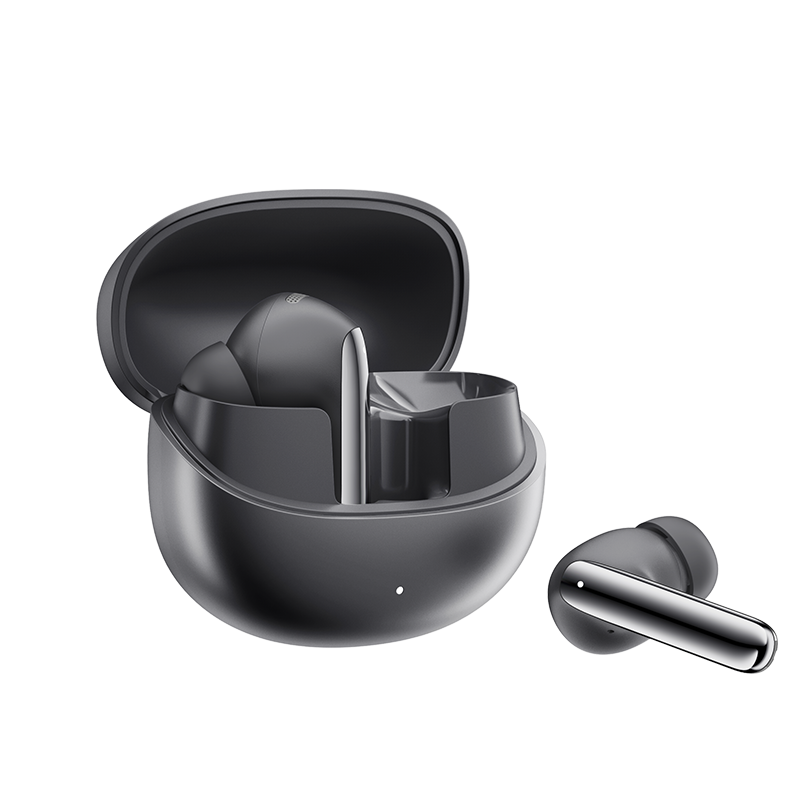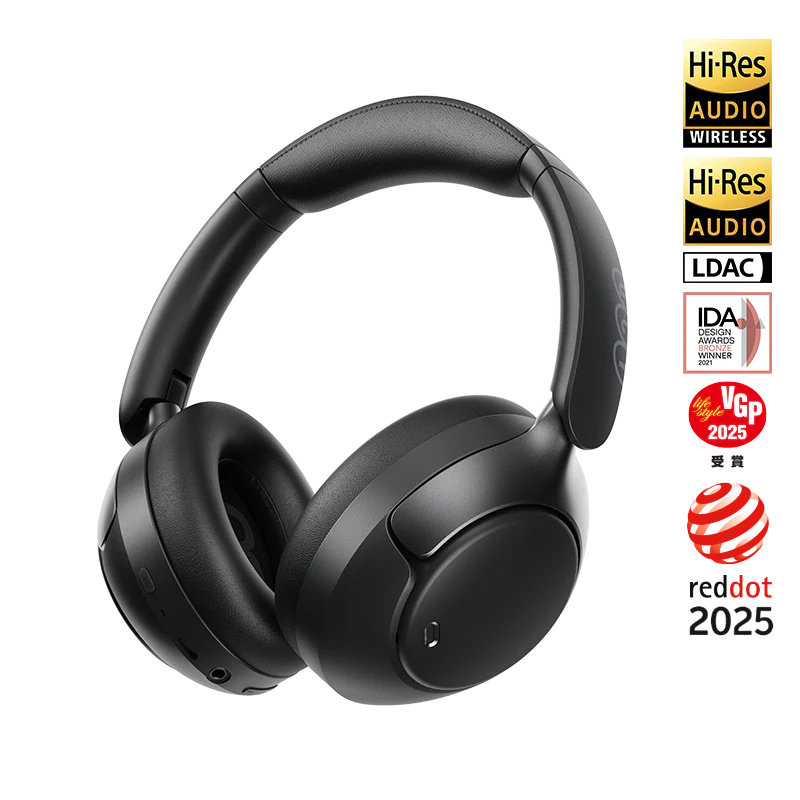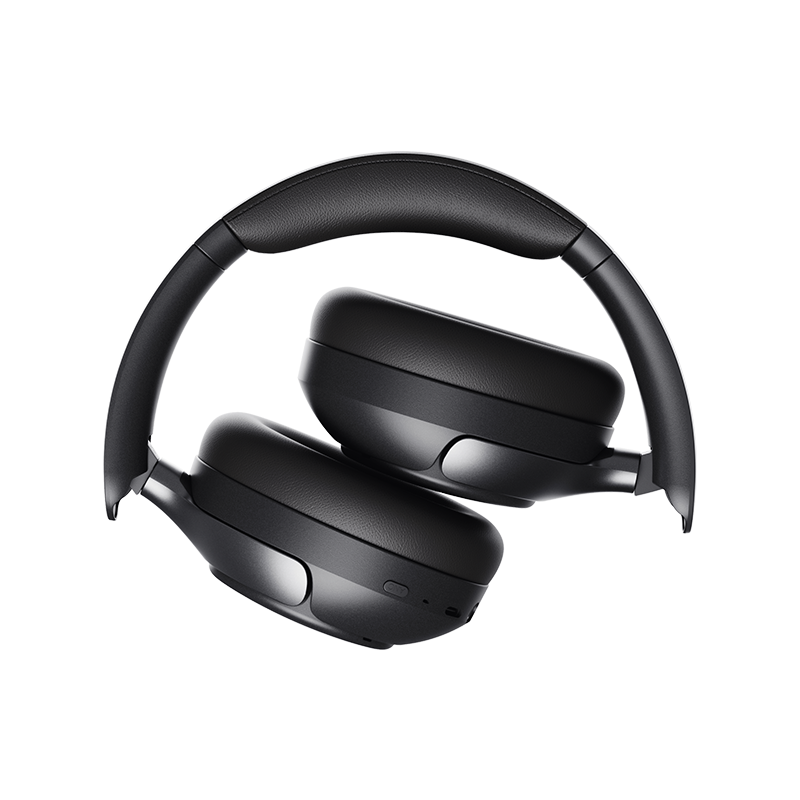
One of the most common questions people ask about open-ear earbuds is: "Can other people hear what I’m listening to?" It’s a fair concern, especially if you’re using them in public or shared environments.
What Are Open-Ear Earbuds?
Open-ear earbuds are designed to sit just outside your ear canal without sealing it. Unlike traditional in-ear buds, they allow ambient sound to pass through, keeping you connected to your surroundings while still enjoying audio content.
Do They Leak Sound?
Yes, to some extent. Because open-ear earbuds don’t block your ears, some sound naturally escapes. However, modern open-ear designs use directional audio technology to project sound directly toward your ear, minimizing leakage.
Factors That Affect Sound Leakage
- Volume Level: The higher the volume, the more likely others nearby will hear it.
- Environment: In quiet settings like libraries, even a low-volume leak may be noticeable. In outdoor or noisy areas, it’s less of a problem.
- Design: Brands like QCY use acoustic shielding and angled drivers to limit outward sound dispersion.
How Do They Compare to Other Earbuds?
Compared to traditional in-ear earbuds with silicone tips, open-ear models leak slightly more sound. However, they usually leak less than small Bluetooth speakers or bone conduction headphones placed on the cheekbone without padding.
Air Conduction vs. Bone Conduction
| Feature | Air Conduction | Bone Conduction |
|---|---|---|
| Sound Leakage | Moderate, especially at high volumes | Very low |
| Sound Delivery | Through air, aimed at your ear canal | Through bone vibrations |
| Use Case | Office, walking, commuting, fitness | Fitness, accessibility |
As shown, bone conduction is generally quieter for bystanders, though open-ear earbuds are getting better with every generation.
Tips to Avoid Sound Leakage
- Keep volume at a reasonable level, especially in quiet spaces.
- Choose models that feature directional drivers and noise control.
- Be mindful of your environment—if you need full privacy, opt for over-ear or ANC earbuds instead.
QCY’s Approach to Open-Ear Privacy
QCY’s Crossky C30S and Crossky C30 are engineered to direct sound precisely to the listener’s ears. The angled speaker ports and open clip-on design help reduce audio spill and enhance privacy, even during calls or while listening at moderate volume in public.
Conclusion
Yes, open-ear earbuds can be heard by others—but only under certain conditions. With smart usage and good design (like QCY’s Crossky series), sound leakage is minimal and rarely disruptive. If you value both awareness and discretion, they’re a solid choice for daily listening.











